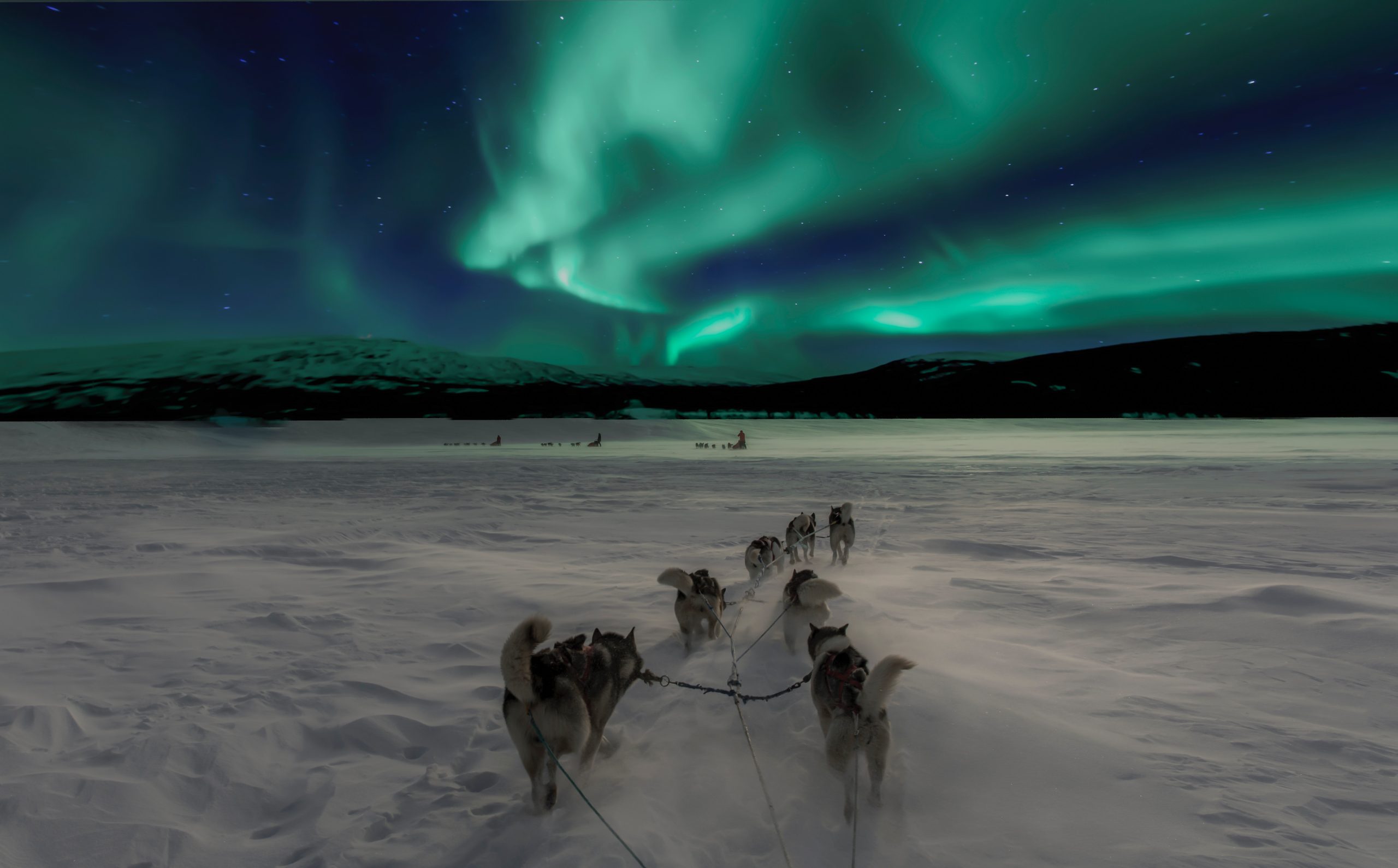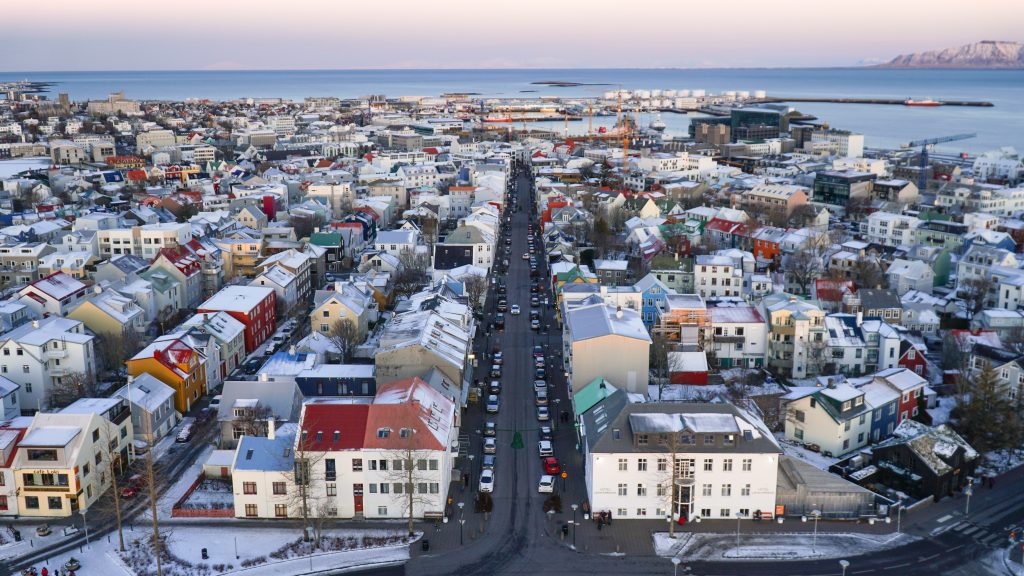Few other countries in the world can boast about bone-chilling beauty like the one found on Iceland, let alone with an old and varied culture like Iceland’s.
Landscape
Truly an island whose scenery is practically never-ending. The entire island feels like a landscape straight out of Nordic mythology, with its stunning fjords, waterfalls, lava formations, and geothermal activity. Yet even despite the name, ice is not the only dominant sight found on this island because there are soft mossy areas, enchanting forests, and plains that feel ripped from a fantasy novel.
Gastronomy
Iceland’s cuisine can trace its roots back to the time when Vikings still plundered the seas searching for adventure and loot. Due to its harsh natural limitations and intrinsic solitude, the basics of the Icelandic culinary traditions haven’t changed that much. Yet Icelandic cuisine is becoming more popular than ever, mostly thanks to local chefs, perfecting the use of the local ingredients – like lamb, fish, and skyr.
Tradition
Generally, Iceland is considered a secular nation, but its roots are deeply tied to Nordic tradition. Christian holidays have made their home even on this modest island, but they’re much more deeply connected to previous local customs and tradition than most other places in the world. One of the unique aspects about Icelandic tradition is the Church of Odin. A temple dedicated to the old Viking gods, whose purpose is to remind Icelanders of their roots, without making them plundering seafarers whose sole mission is battle and conquest.
Nature
To say that Iceland’s nature is enchanting would be the understatement of the century. Due to its diversity, there are no two areas in Iceland that look alike, and yet each one is more striking than the last. Iceland is one of those few places where the raw, natural appeal is the thing that lures most visitors to this already charmingly stunning island.
There are almost no other destinations in the world like Iceland. Simple, yet elegant, its beauty is often underappreciated, but it’s a corner of the world that should be explored as much as possible by anyone willing to travel its rugged landscapes.
Know Before You Go
There are few places as alluring to the wandering soul than Iceland. A landscape that seems pure mythical fantasy. Our advice? Get off the beaten path. When you begin to discover the rugged corners of Iceland by the beat of your own drum, the country truly delivers.
Iceland was built for road tripping. You can access most of the island from the main ring road route. 1300 kilometres of pure beauty. Branching off into lane ways and secondary roads that lead to charming villages, epic attractions, and mind-blowing secrets.
You’ve heard of the Blue Lagoon, but did you know Iceland has an abundance of these tempting natural hotspots? Every village has them, and some can be found in the most breathtaking rural areas. Sporting much fewer crowds and a fraction of the price.
Iceland is one of the few places in the world that has no limitations and lets you discover the incredible country unrestricted. But it’s also one of the most fragile ecosystems on the planet. Delicate moss and cushion plants cover the landscapes, from rocks to cliffs to entire heaths. They are incredibly easy to damage. You’re free to roam at your leisure in Iceland, so it’s your responsibility to be respectful. Watch your every step and ensure you don’t accidentally trample across a bird colony. Stick to the roads and paths, and take only pictures, leave no footprints. Be extra vigilant of your wanderings in the breeding season from April to August. Iceland also has completely safe drinking water, so fill your travel bottles with some of the freshest water in the world.
Best Time To Visit
Iceland is an all year round kind of place. Though if the summer is spectacular, it’s nothing compared to winter. When the land morphs into its most rugged, it’s most unassuming, and a haunting sense of pure phantasmagoria envelops the entire country. Icelanders also know how to celebrate, and New Year’s Eve in Reykjavik has to be seen to be believed.
For those intrepid travellers bent on spotting the elusive Northern lights. The best months are from September to mid-April, when you have the best chance of full, dark nights.
What To Expect
Planning your epic adventure in Iceland? Here are a few simple tips to help you get the best start.
Currency – The official currency of Iceland is the Króna
Language – The official language is Icelandic
ATMs – ATM’s are found in most areas, though are not always available 24 hours.
Plugs & Sockets – Iceland uses the Euro plug, or Type c style plug with 2 round pins. The standard voltage is 220v and 50Hz frequency.
Safety – Iceland’s crime rate is almost non-existent. The country is considered one of the safest places in the world for travel.
Climate – Though it’s often common to see four seasons in one day, Iceland generally considers itself to have 2 seasons. 26 weeks of summer and 26 weeks of winter beginning in October.
The weather is an untamed mule in Iceland, changing from sunny skies, to rain, hail, and snow within minutes. Be sure to dress in layers and bring appropriate clothing.
Always check the conditions in Iceland frequently when on the road. The mountain passes can also see considerably harsher weather than the lowlands. So snow chains and all-weather tyres are always advised, especially in winter. Great resources to use are vedur.is and road.is. And as the Icelanders say: “If you don’t like the weather, just wait 15 minutes”.

